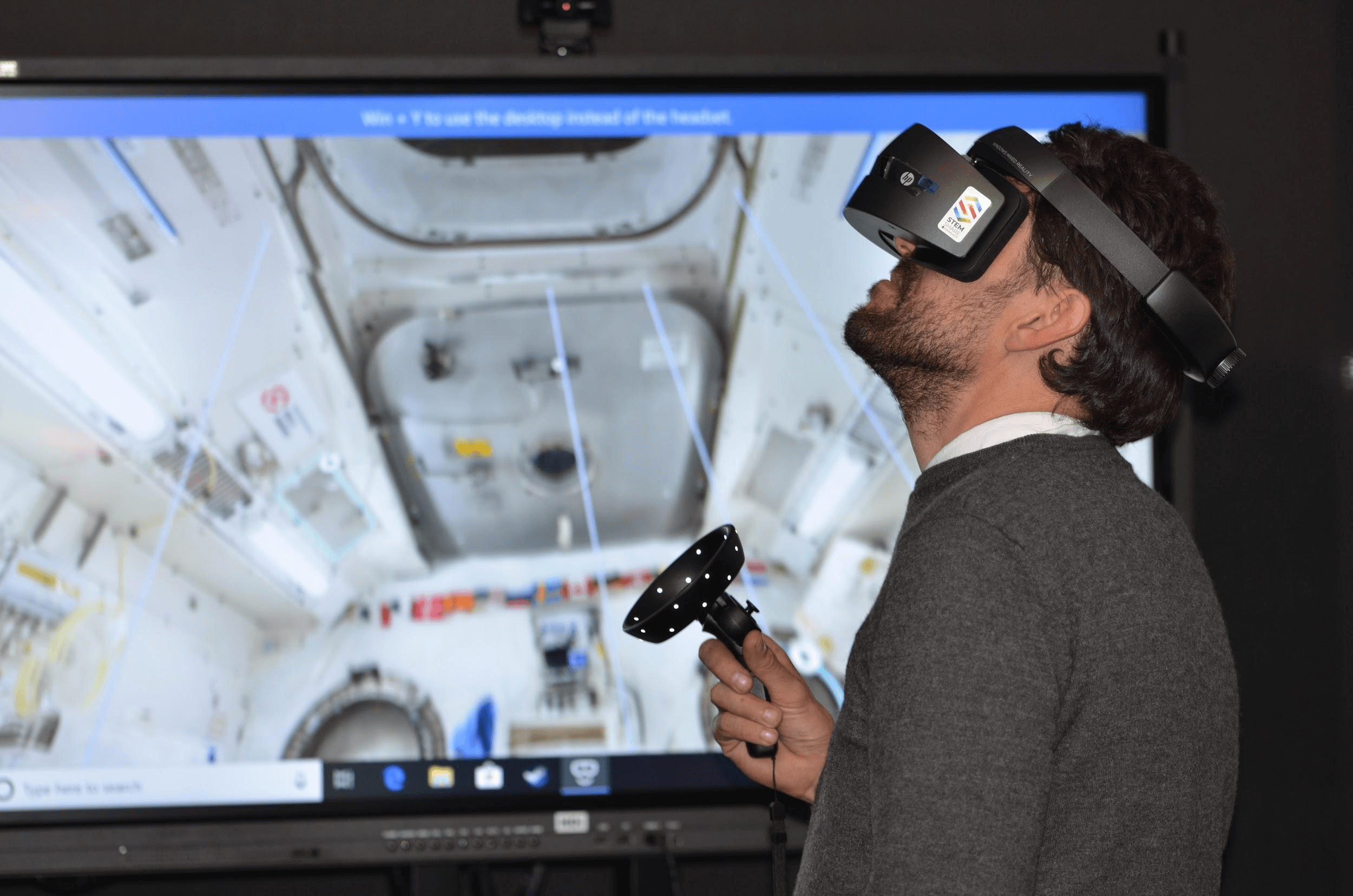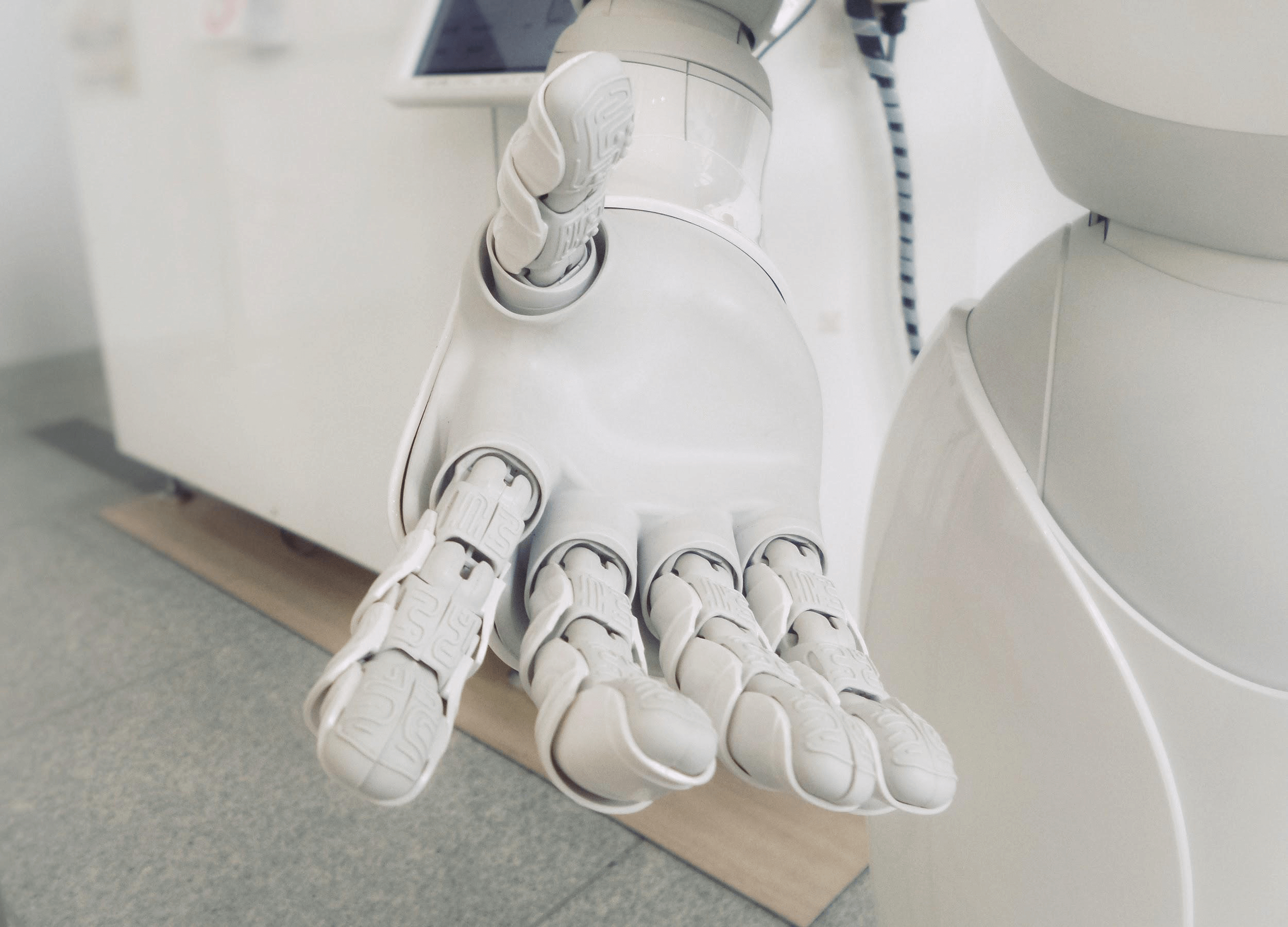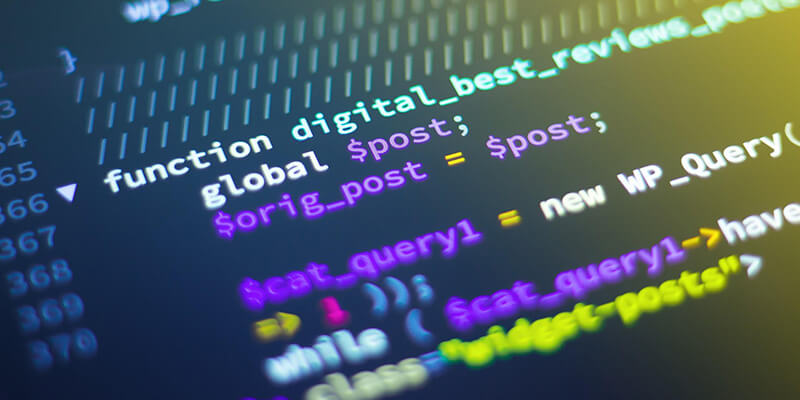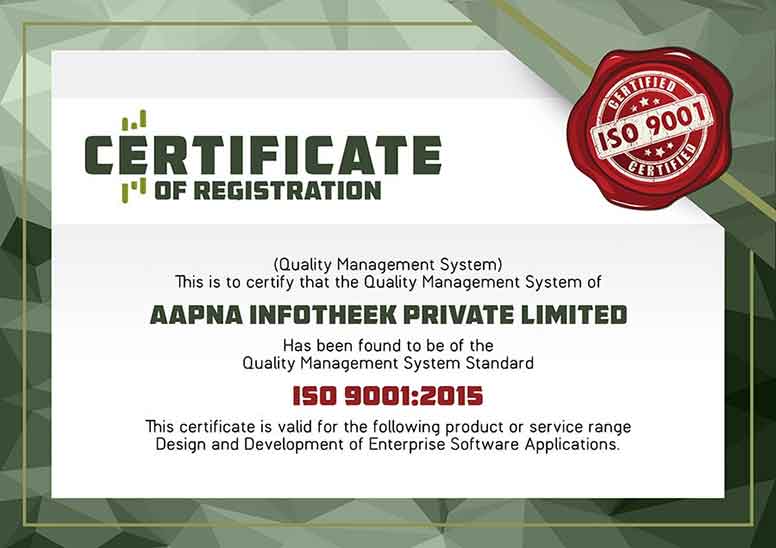- Artificial Intelligence
AI is the process by which computers or machines interact with humans in a human-like way. The use of AI is led by speech recognition applications which already play a huge role in our society. Because of this, software development services are becoming more popular now for implementing these into businesses.
From personal assistants on smartphones to telephone receptionists in larger organisations, the ability of AI to continually improve its recognition of normal conversations is allowing it to continuously expand its presence.
But AI’s usefulness goes well beyond voice recognition. Driverless cars depend largely on AI’s ability to predict outcomes and react quickly, while at the same time delivering the constant stream of decisions that keep the vehicle on the road and accomplishing the transit from point A to point B.
That predictive ability is also central to meeting a customer’s likely choices or reaction so that the customer’s experience is enhanced (e.g. Netflix, Google).
According to Sydney SEO expert, Clarinda Cheon, the way people interact with search engines will change drastically and this will affect consumer behaviour, saying that “people will be finding the best place to eat by just asking Siri where the best pizza shop near them is. This means decisions will be affected by what voice assistants determine are the best choices for you, rather than spending your time reading review sites”.
On top of the search, this move towards automated management of the household or office environment (think security, temperature, energy use, emergency response) are also ideally suited to being controlled by an AI application.
The development of AI is picking up pace, and there is no doubt that its future contains the opportunity to improve our interactions with customers and hence the customer experience.
- Virtual Reality / Augmented Reality
 VR has a substantial history, led by flight simulators. The dramatic increase in the processing power of computer hardware in recent years has enabled access to more complex activities as well as more lifelike experiences for participants.
VR has a substantial history, led by flight simulators. The dramatic increase in the processing power of computer hardware in recent years has enabled access to more complex activities as well as more lifelike experiences for participants.
VR is well suited to education programmes where there is extensive application for the training of pilots, surgeons, sports participants, architects and others.
As technology advances, costs are reduced and the applications are becoming more widespread.
The overlaying of VR on the physical world is producing Augmented Reality. The game Pokemon Go brought AR to worldwide attention some years ago.
AR is used in the building industry during construction of substantial structures, to check compliance with architectural design and building statutes. It also is well suited to giving directions, the Getty Images photograph below (source: Forbes.com) demonstrates a practical use.
Similar applications on smartphones can guide the holder in other indoor locations like shopping malls, hospitals etc. In fact, the widespread use of smartphones is providing an important delivery platform for AR, enabling easy access to technology.
The IoT is simply the connection of all sorts of appliances, computers and other devices to the internet. Basically, if it can be turned on and off it can be connected. Once connected, communication can be established between people and things, and also between things and things. For example, your alarm could wake you up, turn on the coffee maker and turn on the air conditioner.
The capability and speed of the internet continue to grow every day and there is no sign of the growth diminishing. Its capacity is already huge, and seemingly quite capable of handling the extra billions of “things” now contemplated.
For example, the team at Secure Ship, a shipping company that works with multiples couriers, says that the whole process of transferring goods between businesses and consumers has become easier through the internet of things. Saying that “the ability to directly connect the amount of stock is inside a warehouse to a service on the internet that communicates with the purchaser gets rid of the back and forth that traditional inventory stocking would have. This makes it a faster, cheaper, and more reliable way to get goods into the hands of consumers”.
But what does the IoT mean to you? Essentially all of the things that you would normally interact with will be as close as your smartphone, geography won’t matter anymore. At work, you will still be able to interact with the devices at home by issuing instructions or changing previous instructions over the internet, and the reverse holds true with work-based devices while you are at home, or travelling, or at a meeting with a client, or overseas for some reason. You’ll be in constant communication with them.
The IoT is not limited to the personal environment. For instance, local councils could include communication with street lighting, traffic lights, security cameras, and monitors for water quality, water system leakage, sewage etc. into their network. Businesses could include fleet vehicle monitoring, energy conservation etc.
However, the IoT is not without its drawbacks, and the major one is security. Today there are hackers capable of accessing a computer on the internet and causing damage, so if the sheer number of “things” on the internet increases it stands to reason that vulnerabilities may increase. As work on the growth of the IoT goes forward, so does work on its security.
- Blockchain
Until now, Blockchain has been mostly associated with cryptocurrencies – and has been subject to both real and perceived security issues. In addition, the present Blockchain architecture relies on a single chain that is not scalable. Work is now underway on “third generation” Blockchain architecture which could underpin a new fast and secure environment which is scalable.
This architecture would allow parallel chains to grow, removing the single chain limit and including independence from centralised data storage. These characteristics will provide the agility and security to support a new raft of applications.
These proposed applications would include:
- driverless cars and the benefits they offer by providing:
- a safer motoring environment,
- personal transportation for those unable to drive because of age, disability, injury etc.
- drones that can deliver medicines, packages, food etc.
- peer to peer monetary payments
- community based datasets that individuals can access quickly and cheaply
Blockchain is aiming to provide relief from the present mass data storage arrangement which is already overloaded with search engines and social media.
The team at Empowered Finance, a finance broker in Australia, explain the importance of blockchain in the finance industry, saying that “with blockchain technology, transactions between both institutions and users will go from transaction times between 3-5 days to mere minutes. This will transform the industry completely”.
 Within the administrative processes of each, there are tasks (usually keyboard initiated) that are repetitive. RPA essentially replaces the processing of these tasks with a software “robot”.
Within the administrative processes of each, there are tasks (usually keyboard initiated) that are repetitive. RPA essentially replaces the processing of these tasks with a software “robot”.
According to the team at Southern Coast Lawyers, the use of automation increases the value of each employee, saying that “when each employee spends their time on higher-order tasks, such as client work instead of repetitive tasks that can be organised, top-line revenue increases and each employee can command a greater salary. This advance in automation benefits both of us in this scenario”.
RPA typically delivers drag and drop solution to take the place of the string of input that is normally required to complete the task. The obvious benefit is time savings, but studies also show that the RPA result improves accuracy substantially.
This improvement in efficiency means that personnel have more time to perform profitable activities in the business, rather than back-office routines.
Author Bio:
Tim Frank Anderson is an Australian freelance writer and Sydney-based university student. As a business student, he has a passion for learning about global changes in business culture and specialises in entrepreneurship and innovation-related topics. When Tim isn’t at his desk, you’ll find him exploring National Parks.
Other Related Articles You Might Be Interested In
Software Development Project Estimation – Problems & Solutions
Software Development Outsourcing: 5 Key Reasons To Outsource







